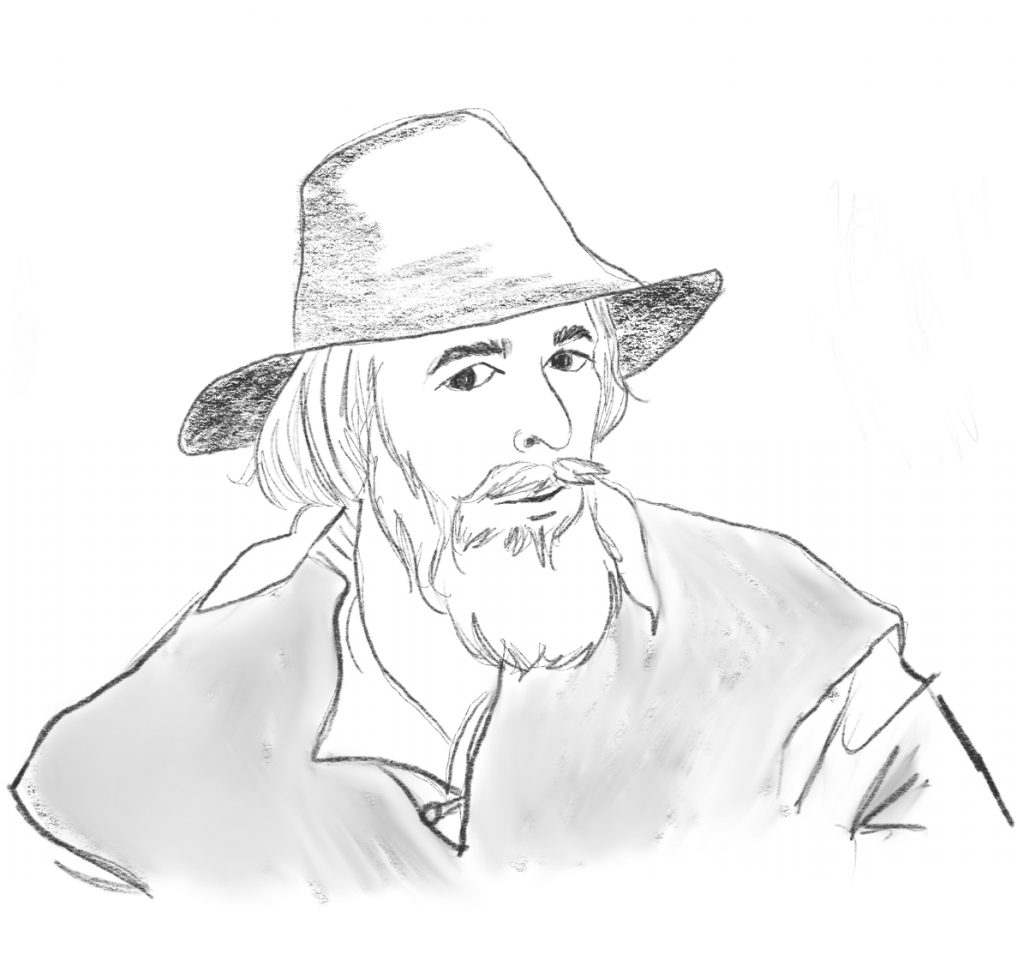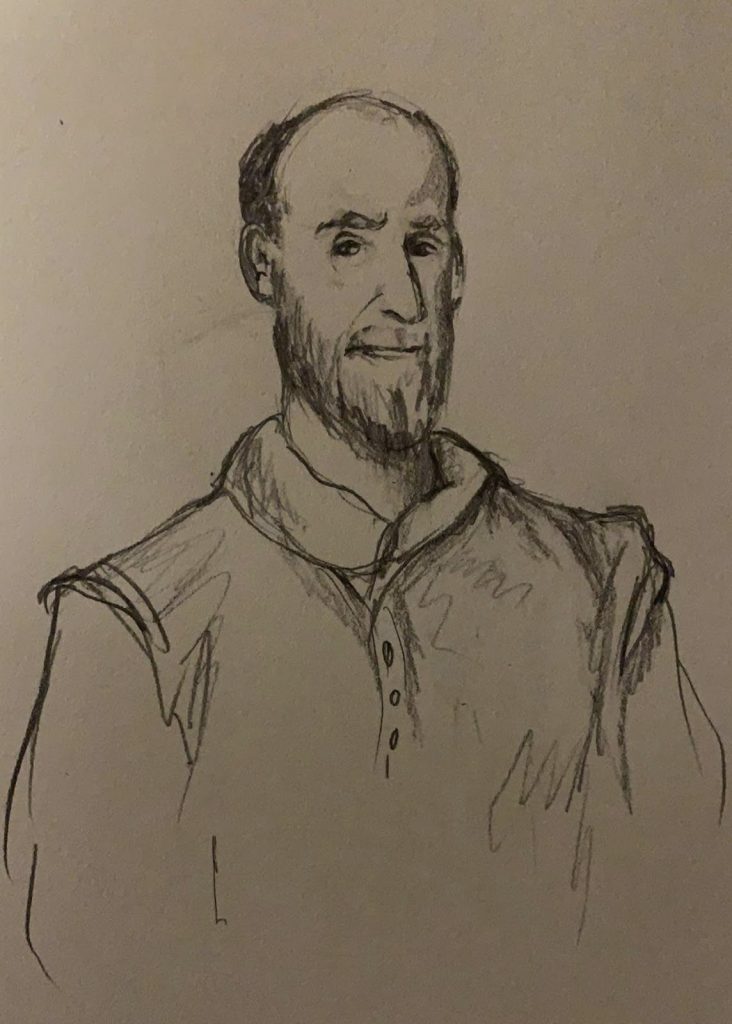We’re hurtling towards our final deadlines, so, as one would imagine, the Sea Ventures team is in nearly a constant state of stress. Fortunately, stress is a great motivator, so we’ve seen a lot coming together recently.
Though I like seeing what all of the team is working on, one thing I’ve particularly enjoyed watching develop recently is Elise and Andrew’s fantastic, winding, story map detailing the impact of choices made throughout the game.
This, for the sake of maintaining #nospoilers, is an older instance of the map. Since then, they’ve added an element of chance, as in certain choices, once made, are out of the user’s hands, and instead may result in one outcome 30% of the time and the other 70% of the time. I think that the addition does a great job of emphasizing how much chance was involved in the survival and success of the original Sea Venture crew and I, of course, am ever impressed with Programming Lead Muhammed’s ability to integrate decisions and changes on short notice.
Also visually interesting, though perhaps in a less complex sort of way, is what I’ve been working on recently: characters and backgrounds. Meaghan and I have been splitting up more of the character design recently, which has its pros and cons. The pros are our ability to more quickly get designs done and the option to delegate (read: pass off) certain characters to the other. The cons, or rather just “con,” is that Meaghan and I do have distinctly different styles of drawing. For example:


This means that, because I defer to her and her experience, each time I finish a character, they go through a process of Meaghan-ization, which results in something more like this:
As you can tell, she’s a lot better at detail work— things like shading, coloring, and varying line weight— than I am, and for that, I am really grateful to have roped her on board.
Which leads us now to my other work: backgrounds. As Muhammed has said in his various posts, we use Unity Game Engine for a lot of our game development, backgrounds included. If you’re not familiar with it, think of it as a 3D Minecraft where you can manipulate, change, and add things to landscapes in a sandbox-y sort of way to create a setting or world. Usually, a user would have to make their world from some sort of scratch, but we were fortunate to have a pre-made, historically-accurate rendering of Bermuda made by Dr. Jarvis.
So, from this world, we screenshot backgrounds that we’ll use in our game. What is interesting, I think, is the approach we’ve taken to doing so. Rather than just clicking away around the island, Dr. Jarvis and I took a cinematographic approach, which means each screenshot we’ve taken has been carefully composed. To do this, Dr. Jarvis manned the camera and the controls, shifting the perspective and lighting (e.g. cloudy dusk versus sunny day) at my request (which often consisted of exchanges like: “Back…back…back…can you shift it right? Right?” “Here?” “Yeah, but like lower?” “Here, good?” “Ok, go back a little bit…”, etc), but as a result, we obtained some really well-composed shots like this:
Because it was so carefully composed, we were able to capture elements that I think are symbolic of the journey: the old Sea Venture standing sentry, being washed by the waves; the memorial proudly, yet humbly, marking their unlikely survival, a faint sunset that implies an end with the promise of a beginning…
I could go on and on, but alas, we’ve got work to do.
No responses yet